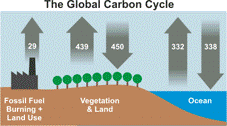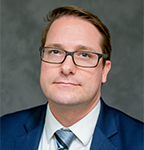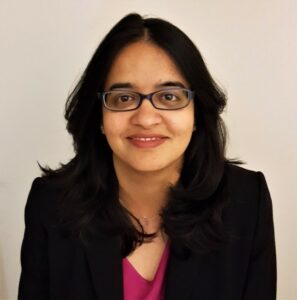Towards a 20 GT Negative CO2 Emissions Industry from Security & Sustainability Forum on Vimeo.

September 19, 2019 1:15 to 2:45 PM EDT
It is imperative to capture 20 GT of carbon from the air in the next 20 years, and that will require contributions from all sectors, including agriculture, industrial processes and direct air capture.
What is the scorecard in each sector and how does each trajectory look? What are the drivers, and how can the pace of innovation and commercialization of new solutions be accelerated to scale rapidly enough to get to 20 GT in time?
This webinar examines policy, price signals, incentives and other drivers. We address gaps in the innovation pipeline, including what is needed to create new markets for carbon. Hear how California’s leadership in stacking state tax incentives with the federal 45Q tax credit and other policy commitments can be a model for other states and federal action.
MEET THE PANELISTS

Bruno Sarda is the President of CDP North America, which focuses investors, companies and cities on taking urgent action to build a truly sustainable economy by measuring and understanding their environmental impact. He works to grow the organization and increase environmental disclosure and action among companies and local governments, as well as manages the North American team and operations.
Previously he served as Chief Sustainability Officer for NRG, a leading integrated power company, and has also worked at Dell and Charles Schwab. Bruno is a faculty member and Senior Sustainability Scholar at Arizona State University.
Giana Amador is a cofounder of Carbon 180, which partners with policymakers, scientists and businesses around the globe to develop policy, promote research, and advance solutions that transform carbon from a liability to an asset. She coordinates the research and operational work of the organization.

Dr. David Babson currently serves as a Program Director at the Advanced Research Projects Agency-Energy (ARPA‑E) in the Department of Energy. His focus at ARPA-E includes bioenergy, agricultural systems innovation, and carbon management.
Prior to joining ARPA-E, Babson served as the Senior Advisor for Renewable Energy, Natural Resources, and the Environment in the Office of the Chief Scientist at the U.S. Department of Agriculture (USDA). There, he led R&D coordination efforts on carbon management, climate adaptation, sustainability, agricultural systems innovation, bioenergy, and biotechnology.

Klaus Lackner
Klaus Lackner is the Director of the Center for Negative Carbon Emissions and Professor at the School of Sustainable Engineering and the Built Environment of the Ira A. Fulton Schools of Engineering, Arizona State University.
Lackner’s research interests include closing the carbon cycle by capturing carbon dioxide from the air, carbon sequestration, carbon foot-printing, innovative energy and infrastructure systems and their scaling properties, the role of automation, robotics and mass-manufacturing in downscaling infrastructure systems, and energy and environmental policy.
Trained as a theoretical physicist, he has made a number of contributions to the field of carbon capture and storage since 1995, including early work on the sequestration of carbon dioxide in silicate minerals and zero emission power plant design. In 1999, he was the first person to suggest the artificial capture of carbon dioxide from air in the context of carbon management. His recent work at Columbia University as Director of the Lenfest Center for Sustainable Energy advanced innovative approaches to energy issues of the future and the pursuit of environmentally acceptable technologies for the use of fossil fuels.

Noorie Rajvanshi is a Staff Scientist at Siemens with more than eight years of experience in the field of environmental impact quantification using life cycle assessment methodologies. She was recently selected as a Research Fellow for Project Drawdown where she authored 3 chapters in the New York Times Bestseller book Drawdown: The most comprehensive plan ever proposed to reverse global warming.
Her most recent work focuses on evaluating environmental and economic impacts of growing cities and collaborating with cities across the North America to identify technology and infrastructure solutions that best fit the city’s energy demand and production characteristics using in-house City Performance Tool (CyPT). Her most recent publication, Technology Pathways for Creating Smarter, More Prosperous and Greener Cities analyze pathways that are creating more sustainable cities in North America. Noorie graduated from the University of Florida with a PhD in Mechanical Engineering and a minor in Environmental Engineering and worked as a post-doctoral fellow at the Center for Life Cycle Analysis (CLCA) at Columbia University.
